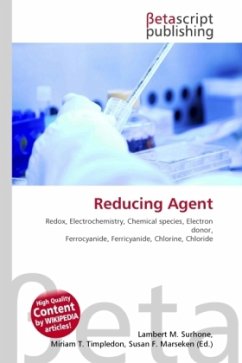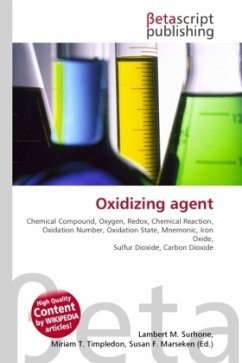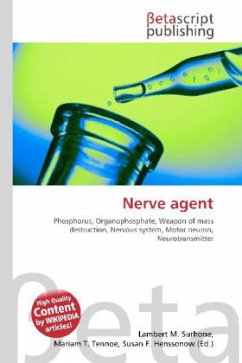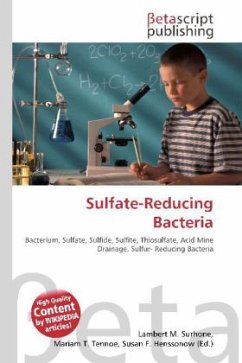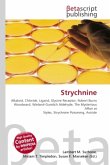High Quality Content by WIKIPEDIA articles! Strong reducing agents easily lose (or donate) electrons. An atom with a relatively large atomic radius tends to be a better reductant. In such species, the distance from the nucleus to the valence electrons is so long that these electrons are not strongly attracted. These elements tend to be strong reducing agents. Good reducing agents tend to consist of atoms with a low electronegativity, the ability of an atom or molecule to attract bonding electrons, and species with relatively small ionization energies serve as good reducing agents too. "The measure of a material to oxidize or lose electrons is known as its oxidation potential". The table below shows a few reduction potentials that could easily be changed to oxidation potential by simply changing the sign. Reducing agents can be ranked by increasing strength by ranking their oxidation potentials. The reducing agent will be the strongest when it has a more positive oxidation potential and will be a weak reducing agent whenever it has a negative oxidation potential. The following table provides the reduction potentials of the indicated reducing agent at 25° C.
Bitte wählen Sie Ihr Anliegen aus.
Rechnungen
Retourenschein anfordern
Bestellstatus
Storno

